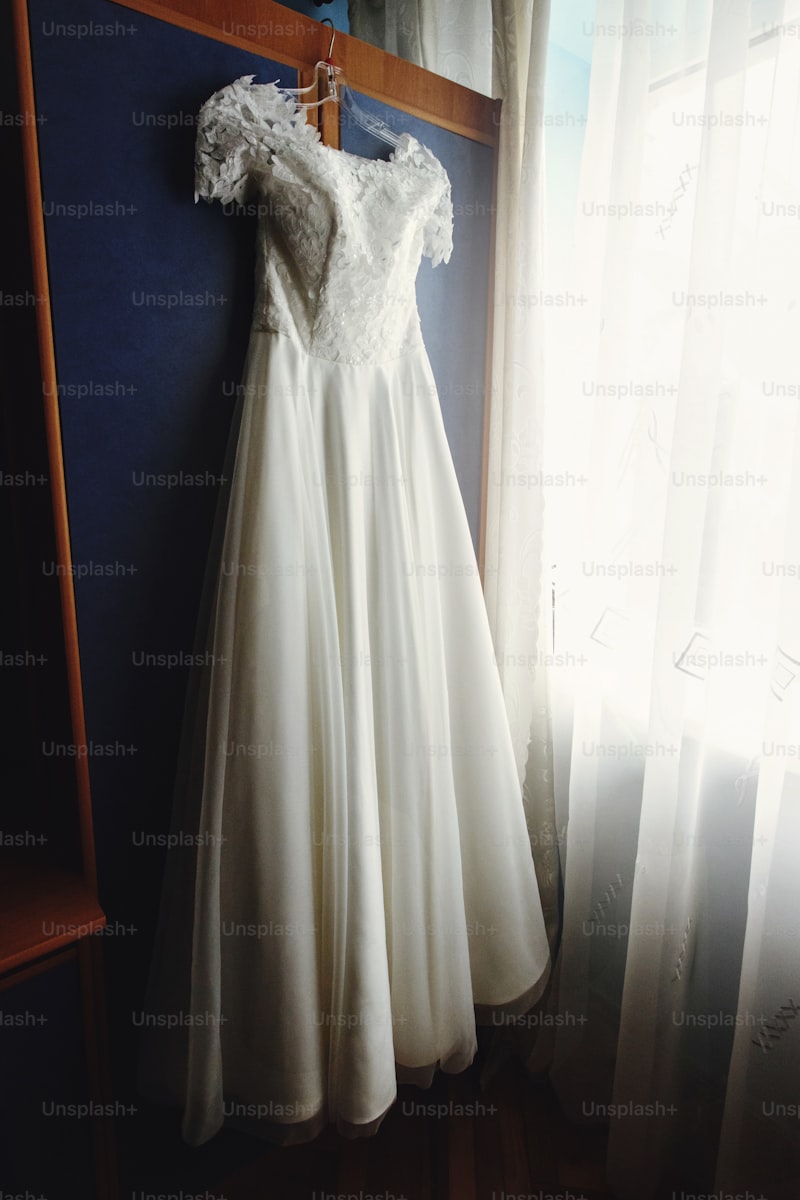Unveiling the Allure of Formal Weddings and Gowns: A Comprehensive Guide
Introduction to Formal Weddings
When it comes to weddings, the details have a significant impact on creating the perfect ambiance. Formal weddings, characterized by intricate details, refined elegance, and sophisticated traditions, remain a timeless choice for couples around the globe. Planning such an event can be overwhelming, particularly when it comes to selecting the ideal gown. In this article, we delve into the various aspects of formal weddings and gowns, encompassing everything from style choices to attire guidelines.
The Essence of a Formal Wedding
A formal wedding is often defined by its adherence to traditional etiquette and a high standard of style. The setting typically includes grand venues, exquisite floral arrangements, and elegant decorations, all contributing to a lavish celebration. Understanding what denotes a formal wedding is crucial for planning a memorable event.
Key Characteristics of Formal Weddings
- Venue: Grand ballrooms, historic estates, or luxury hotels.
- Attire: Formal attire is a must, with the bride often wearing a traditional wedding gown and the groom in a tuxedo.
- Time of Day: Typically held in the evening, although formal ceremonies can occur during the day as well.
- Guest Attire: Guests are expected to dress elegantly, often in formal wear.
- Formal Invitations: Printed or engraved invitations set the tone for the event.
| Feature | Description |
| Venue | Luxurious ballrooms, castles, or venues with historical significance, often adorned with opulent decorations. |
| Attire | Brides wear elaborate gowns, while grooms opt for tuxedos or formal suits. |
| Thematic Elements | Color palettes and floral arrangements chosen to reflect elegance and refinement. |
| Time of Day | Evening ceremonies are more common, enhancing the formal atmosphere. |
Choosing the Perfect Formal Gown
The wedding gown holds immense significance in formal weddings. It is often considered the centerpiece of the bride's ensemble, serving as a reflection of her personal style and the theme of the wedding. It's essential to explore various gown styles, materials, and designs to find the perfect match.
Gown Styles to Consider
There are several styles of formal gowns that brides can consider, each catering to different preferences and body types:
- A-Line Gowns: Flattering for most figures, the A-Line gown features a fitted bodice and flows into a skirt, resembling the shape of the letter “A.”
- Ball Gowns: This classic silhouette is characterized by a full skirt and fitted bodice, creating a fairytale look.
- Mermaid Gowns: Fitting closely to the body until the knee, the mermaid gown accentuates curves and features a dramatic flare at the bottom.
- Sheath Gowns: For a more modern and sleek look, sheath gowns follow the natural shape of the body without added volume.
Fabric Choices
The fabric used in a formal wedding gown plays an essential role in its overall appearance and feel. Common materials include:
- Satin: Known for its luxurious sheen, satin adds an element of sophistication.
- Lace: Delicate and intricate, lace adds texture and timeless beauty.
- Tulle: Light and airy, tulle is often used for layering and creating movement.

Accessorizing Your Formal Wedding Look
Accessorizing is crucial to completing the bridal look. From veils to jewelry, each piece should harmonize with the gown’s style.
Essential Accessories
- Veils: A traditional addition that can elevate the overall look.
- Jewelry: Elegant pieces, such as pearl earrings or diamond necklaces, complement the gown without overshadowing it.
- Bridal Shoes: Choose stylish yet comfortable footwear, keeping in mind the venue's flooring.
Groom's Attire for Formal Weddings
While the bride often takes center stage, the groom's attire is equally essential. Traditionally, grooms wear tuxedos for formal weddings. Here are some common styles:
Tuxedo Styles
- Classic Tuxedo: A timeless choice featuring a black jacket, satin lapel, and black pants.
- White Tuxedo: Adds a touch of flair and is often accompanied by black pants for contrast.
- Modern Slim Fit: Tailored for a contemporary look, offering a sleek silhouette.
Planning a Formal Wedding: Essential Tips
To ensure a smooth formal wedding planning process, consider the following tips:
- Budgeting: Set a clear budget for all aspects of the wedding, including the venue, attire, and decorations.
- Vendor Selection: Invest time in finding the right vendors—caterers, florists, and photographers—all experienced in formal events.
- Timeline: Create a detailed timeline for different aspects of the wedding, from sending invitations to finalizing the seating arrangement.
- Guest List: Maintain a manageable guest list to ensure an intimate atmosphere and better logistical control.
Frequently Asked Questions about Formal Weddings and Gowns
What is the difference between a formal and semi-formal wedding?
Formal weddings adhere to strict dress codes and traditional etiquette, while semi-formal weddings allow more flexible attire and are generally more relaxed in tone.
Can brides wear color for a formal wedding gown?
Yes, brides are increasingly opting for colored gowns, especially pastels or bold hues, as long as they maintain a refined aesthetic.
How should guests dress for a formal wedding?
Guests should follow the wedding invitation's dress code, typically opting for cocktail dresses or formal suits.
Conclusion
Formal weddings exude elegance and sophistication, creating unforgettable memories for couples and their guests. Choosing the perfect gown and coordinating attire for the groom are vital steps in ensuring a cohesive look that enhances the event's overall atmosphere. From understanding the nuances of formal wedding planning to selecting the appropriate accessories, this guide serves as your essential resource for navigating this momentous occasion.
Final Thoughts: As you embark on your journey towards a formal wedding, remember to embrace the experience and enjoy the planning process. Your wedding day is a celebration of love, and every detail, from the gown to the venue, contributes to the story you are telling. Happy planning!